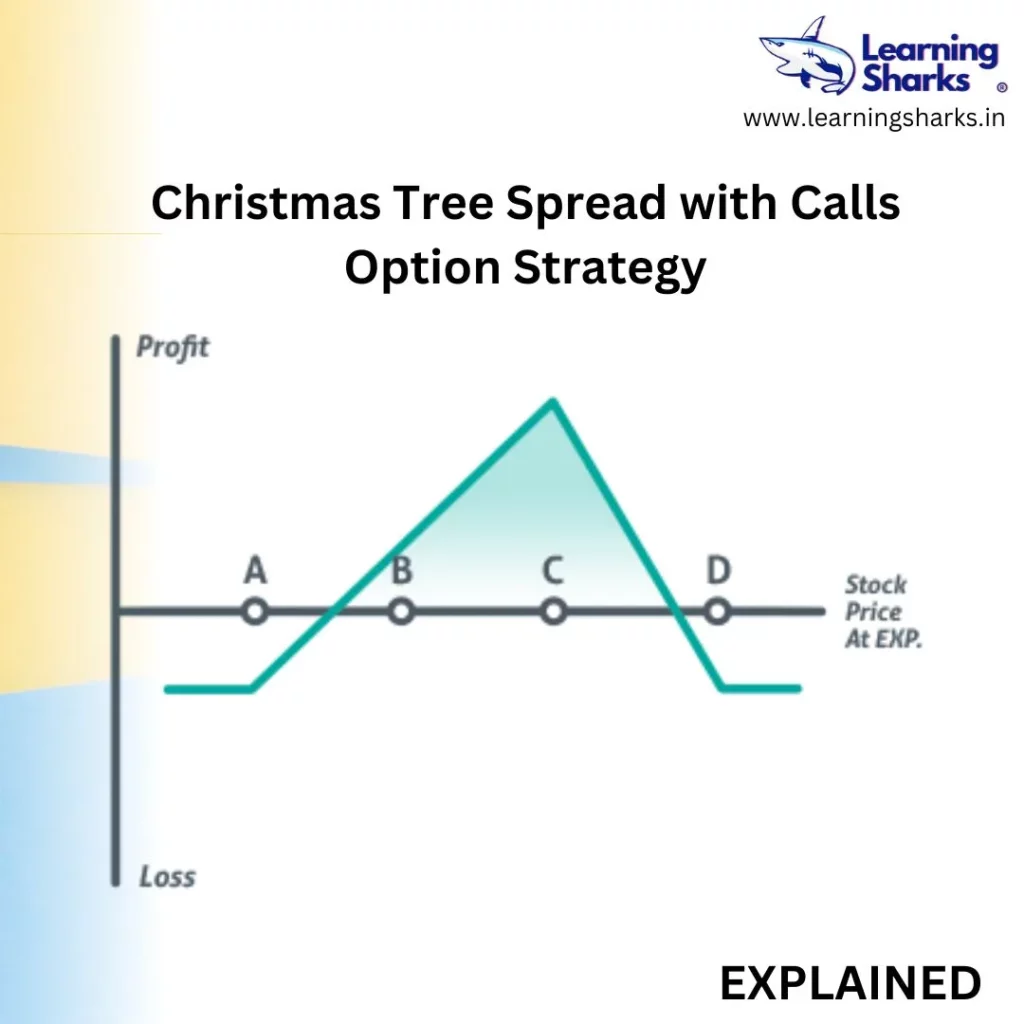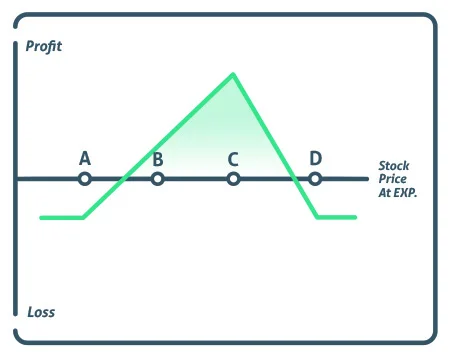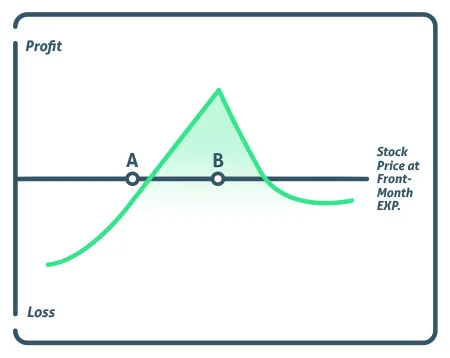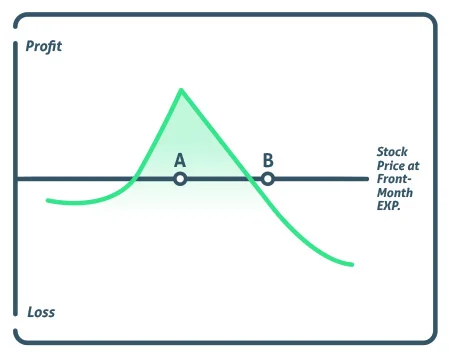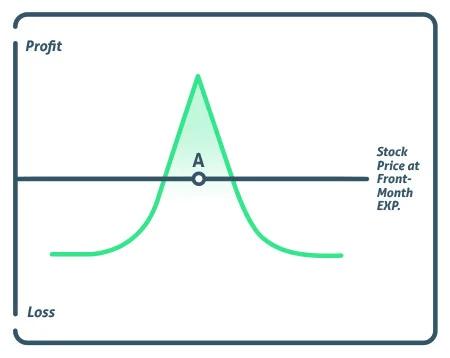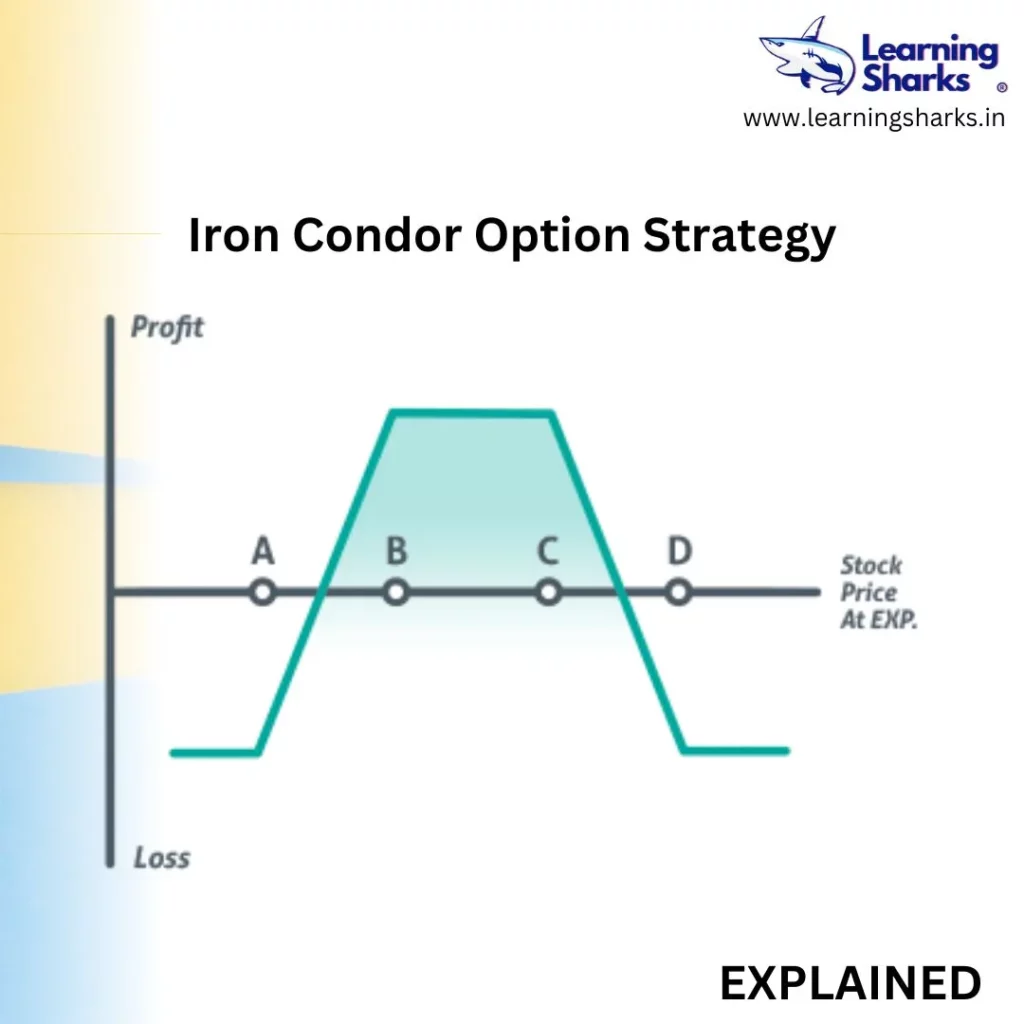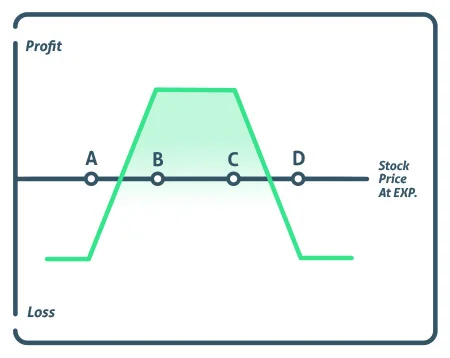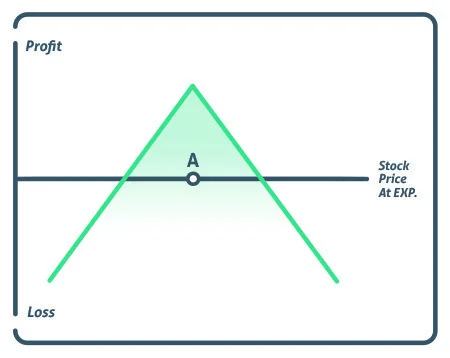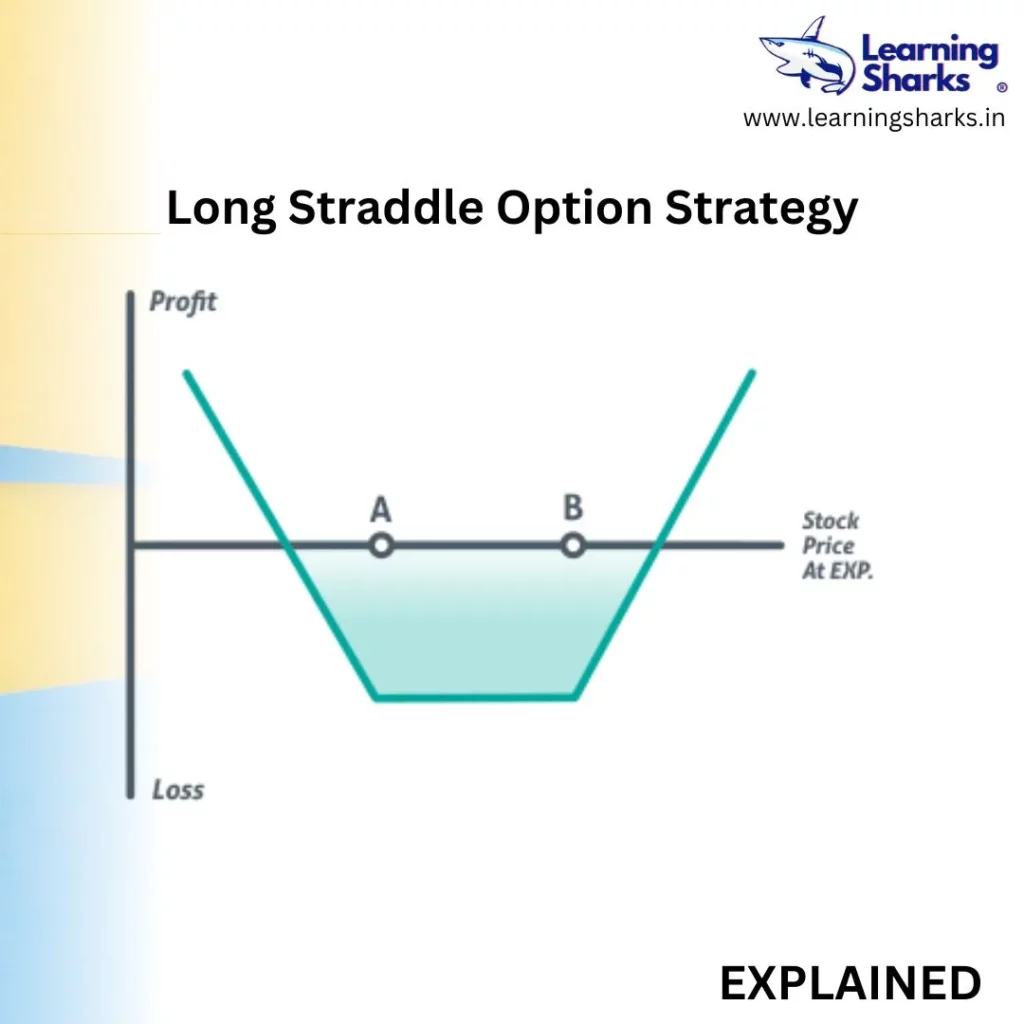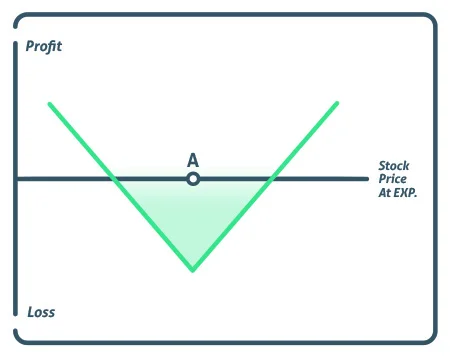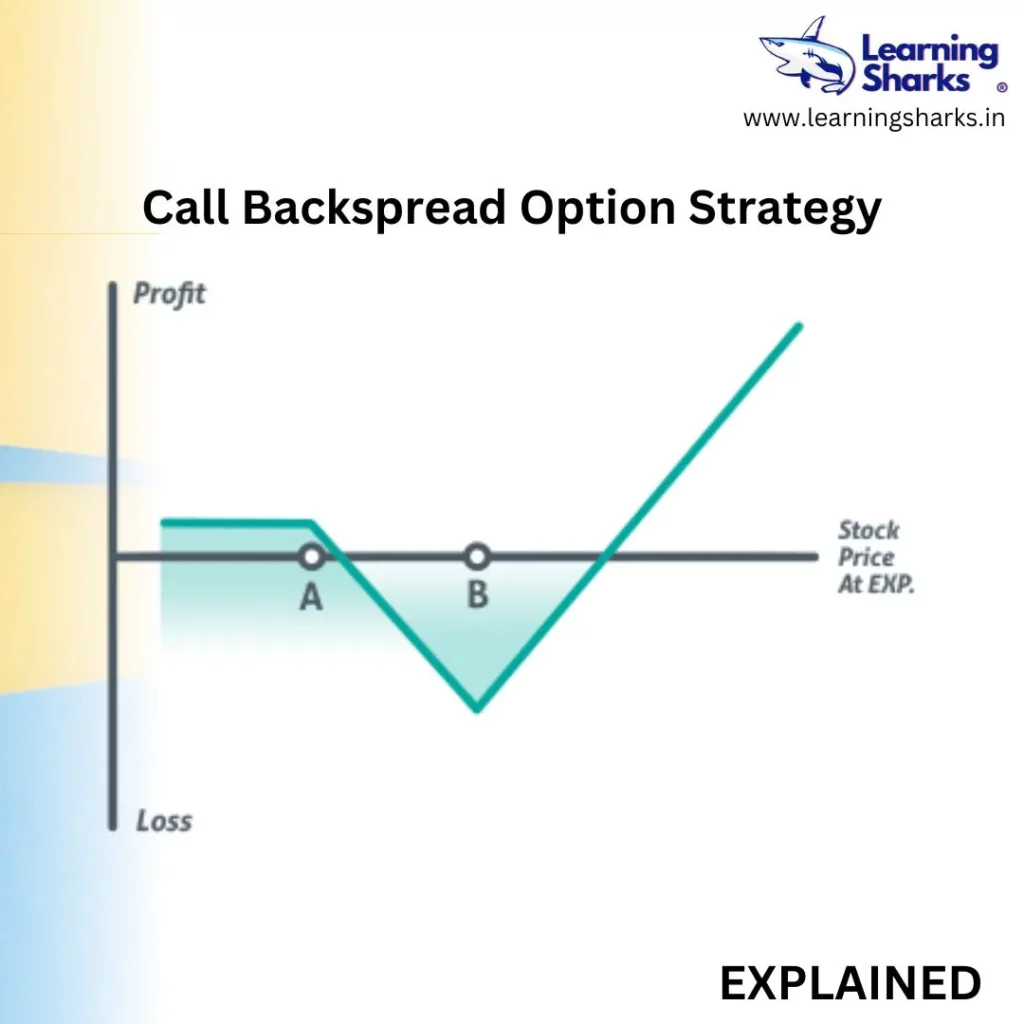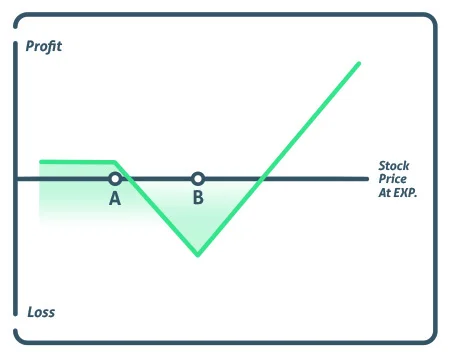
What Is Investment?
A solid foundation can withstand all the whims of an economic environment. This is an undeniable fact. The first chapter offers insight into the idea of investing itself. This offers everyone a foundation of fundamental knowledge. Once that is finished, we have focused more on the practical than the theoretical aspect in the following chapters. Money multiplication is a difficult task. It’s an art form. This art requires time and a lot of effort to master. We give you the necessary instructions in the most straightforward manner possible to make learning easy for you.
Make your money work for you! Best Wishes and Happy Learning!
How does one achieve their dreams? Money is the solution. The real obstacle, however, is how to generate income. Making ends meet is a concern for everyone in today’s world. There are many such uncertainties, including rising costs, shifting lifestyles, pink slips, health issues, etc. We must balance our income and expenses in order to maintain our social standing. Aside from that, the future looks bleak, so one should also make plans for rainy days. Saving alone is not a solution. Savings should be able to grow on their own through self-sustaining growth. Investment is what that is. You need to make financial plans in order to make your money work for you and then ‘relax’ the rest of your life.
There are many options open to us to invest our hard earned money. However, there is always the possibility of making a wrong choice which may lead to reduction of our investments. In today’s world, where it is easy to acquire simple and practical knowledge, there is no excuse if we do not learn about the various investment options and their ability to meet our needs. We all know that there are no guarantees in this world and there is always a factor called risk which may upset our plans. Just as sudden rain may upset our plans to go for a walk, risk can reduce the returns we are expecting from our investment. We, therefore, need to acquire sufficient knowledge to be more informed investors. As a result, we must gain the necessary knowledge to become better investors.
Nature Of Investments
How do I invest?
The best course of action for you is to choose a strategy after getting your finances in order.
Where should I invest?
In mutual funds, stocks, bonds, and certificates of deposit (CDs). We’ll give you the lowdown on all of them while concentrating primarily on stocks.
When is the right time to invest?
There is no time like the present. Every time is equally good. But you will need to make a wise choice.
In this program, we will put an emphasis on making investments with the extra cash we have left over after taking care of our immediate needs. At this point, it is appropriate to mention a few fundamental concepts in investing, such as:-
• Time value of money (see the reference).
• Return (we shall discuss it later).
• Risk (covered separately).
• Ability to cash the investment etc.
Why Investment?

You Can Beat Inflation
Consider a scenario in which the interest rate on a fixed deposit is 10% and you are aware that the inflation rate has reached 12%. The rupee loses value at year’s end because the interest rate is lower than the inflation rate. Therefore, you suffer a loss.
Achieve Financial Goals
This might involve paying for a dream home, car, or level of education.
Plan your Retirement
Yes, you should start thinking about retirement also. Why not?
Numerous people receive recurring income in the form of monthly salaries or variable income in the form of fees, such as professional consulting fees for doctors. After subtracting monthly expenses, any remaining savings must be invested. The investment requirements could vary depending on the need: such as housing and education, are top priorities. long-term demands, such as retirement savings. Low priority requirements like a summer vacation or international travel.
- Urgent needs, such as housing and education.
- Long-term needs, such as saving for retirement.
- Low-priority requirements like a summer vacation or a trip abroad.
A range of time frames, including the next 12 to 36 months, longer terms, or even 10 to 12 years or more, are possible.
Risk & Return
Risk & return relationship is important in Investments
Just as we learn new words when we learn a new language, we need to learn the fundamental terms used when we set out to learn about any subject. They will become a part of our daily lives once we learn and comprehend them. These words must be commonplace in your daily life for you to be familiar with them. Still, let’s begin!
The terms include:
• Principal amount or amount initially invested.
• Date of investment.
• Period of investment.
• Date of encashment of investment.
• Return of investment or interest
Let’s use Mr Swapnil as an example. He is a medical representative and makes Rs30,000 per month. He can save Rs10,000 per month and needs about Rs20,000 for his monthly expenses. He desires for his son to become a doctor. In order to have enough money to support their son’s medical studies, he asks his wife to invest the money in the appropriate strategy. Mrs Swapnil is aware that obtaining a medical degree will set her back Rs5 lakhs after five years. In order to help cover the cost of Rs5 lakhs, she decides to invest Rs5,000 each month in a five-year scheme (we will explain this later).
- A sum of Rs5,000 is invested over 60 months (five years), or Rs3 lakhs.
- At the end of five years, they will require R 5 lakhs or more.
- If this occurs, their investment will have produced the desired return for them.
You can quickly determine the total amount with a 10% return using the calculator. If that doesn’t happen, she needs to choose alternative investment plans.
RISK
We take a certain amount of risk in every activity we engage in. When you toss a coin, for instance, you can’t predict with certainty whether it will land on its head or tail. There are two potential results, and the risk is 50%.
There are three possible results in a football game: victory, defeat, or a draw. The level of risk varies in business as well, in a similar manner. Although there is a significant amount of risk involved in investments, it can be reduced with the right information and analysis.
Consider, for example,
That MrsSwapnil purchased a share for Rs 200 of an oil company based on the fact that the same share was quoting only Rs150 a year back, thus giving an approx. annual return of 33 per cent (200-150/150). Her plans were based on the recommendations of Mr Moneybhai who said that the company is doing well. In case of an unexpected event such as an increase in oil prices the company’s performance will be affected and the share price may fall to Rs150, thereby resulting in a loss of 25 per cent.
Risks come in a variety of forms. Investors won’t ever be able to fully quantify them. All investments come with a risk warning because of this. Risks need not deter investors; instead, they should make them cautious and aid in their careful selection of the various investment options and planning of their strategies, as we will discover in the course’s later lessons. Each option may have low, medium, or high risk, as well as low, medium, or high expected returns. A wise investment choice will consider these risks and work to strike a balance between the investment’s risk and the anticipated returns. In essence, this is what is meant by risk management.
A course like this is designed to assist students like you in making informed decisions. This does not imply that there is no risk. It implies that the risk will be recognized and, with careful planning, it may be reduced. ‘No risk, no gain’ is the golden rule for all market investments. Without being willing to take the risk, there is nothing to be gained.
What is the difference between Investment and speculation?
The following table lists the key distinctions between investment and speculation:-
| Investments | Speculation |
| 1. Its time horizon is wider. 2. Tries to balance the risk taken and the anticipated return. 3. May lead to recurring or consistent returns 4. Typically a scheduled activity 5. Is adapted to the needs of each individual | 1. The time frame is limited. 2. Takes on more risk in the hopes of earning more money 3. Is anticipated to produce prompt returns 4. Usually impulsive and unplanned 5. No basis |
Some uneducated individuals equate stock market investments with gambling. It’s completely untrue. Gambling or betting primarily involves making an educated guess about the likelihood of an event. You might want to wager on the outcome of a cricket match, for instance. The odds are 50/50 if there are only two teams. Since a coin only has two sides, the odds of either side being the head or the tail are 50/50. Therefore, there is a 50% chance that it will be either head or tail. This implies that if the coin is tossed a very large number of times—let’s say 10, then 5 times it will land on its head and an equal number of times it will land on its tail. However, it is impossible to predict the result of an eight-time coin toss if someone makes a guess as to whether the outcome will be heads or tails. Gambling will have played a part in this situation’s outcome, especially if there is a potential payout.
| Investments | Gambling |
| 1. Constructed with a longer time horizon 2. Tries to balance the risk taken and the anticipated return. 3. Can lead to constant or consistent returns 4. Typically a scheduled activity | 1. Instantaneously created 2. Is risky, and balancing risk and return is impossible. 3. Unexpected or impulsive behavior 4. Is adapted to the needs of each individual |
Methods Of Investing
Direct and Indirect investing
As was briefly mentioned at the beginning of this chapter, an individual has a variety of options or avenues for investing. The decision should be based on information, professional counsel, the opportunity to invest, and a number of other factors. This course’s goal is to aid participants in reaching well-informed decisions.
We can distinguish between two categories of investments on a broad scale: direct investment and indirect investment.
A direct investment is one in which the investor directly decides to make the investment and fully bears the risk of the investment’s outcome, which could be profitable or result in a loss.
In the case of indirect investment, the investor seeks the assistance of a bank advisor or utilizes tools like a mutual fund to benefit from the financial institution’s or bank’s investment expertise and make a smart investment. The investor is the one who benefits from the gains or losses in this scenario as well. Investment advisory providers accept their respective professional fees in exchange for their services and disclaim any liability for any gains or losses resulting from the investments.
Investment Alternatives
What are the Investment Alternatives available for an Investor?
There are several investment option:
Real Assets:
are assets that, due to their utility, have intrinsic value. They include things like land, gold, machinery, and patents. They stand in stark contrast to financial assets. Real assets may be material or immaterial.
Tangible Assets:
As they lead to the creation of tangible assets, investments made to acquire assets like a car, television, washing machine, or any other household items that are physical and have a long lifespan are regarded as tangible investments. Depending on the justifications for purchasing them, acquiring these assets may be seen as an expense or an investment. For instance, purchasing a car for personal use is regarded as an expense. If a car is purchased with the intention of operating a taxi service to generate income, the purchase would be regarded as an investment because it has the potential to produce periodic income.
Intangible Assets:
An investment in an intangible asset could be thought of as the acquisition of knowledge, such as the course you have paid for with the goal of becoming a wise investor. Knowledge about investments is the asset you are acquiring, and it is an intangible asset.
A person may decide to buy a piece of property with either a short- or long-term horizon in mind. This choice is made in light of the person’s current needs. Investments in tangible assets include, for instance:
Real Estate:
It might be a commercial or residential apartment. It might be the acquisition of undeveloped land for the construction of single homes, bungalows, or commercial or residential structures.
Bullion: Precious metals, such as gold, silver, and others, can be invested in.
Precious Stones:
Investments in precious stones, such as diamonds and gems, are also likely to produce profitable results.
Business:
Intangible assets like patents, royalties, etc. or fixed assets like land, buildings, machinery, etc.
Others:
include paintings, antiques, etc.
Individual investors are typically drawn to physical assets and purchase them to satisfy their financial needs, which may be long-term or short-term. Financial instrument classification examples are shown in the section that follows. A contractual right to receive or deliver money or another financial instrument, as well as cash, are all examples of financial instruments.
Financial Instruments:
Are money, proof of ownership in a company, a legal right to receive or deliver money, or another type of financial instrument.
Financial Assets Vs Real Assets
WANT TO KNOW THE DIFFRENCE BETWEEN FINANCIAL ASSETS & REAL ASSETS?
It is crucial to emphasize now that there are distinctions between financial assets and physical assets. For instance, investing in company shares (a financial asset) is different from buying a real asset like a residential apartment, which can cost several lakhs of rupees. This comparison does provide a measure of the return each asset class provides. Sometimes, to illustrate the risk-return characteristics of each class of investment, comparisons between investments in gold, shares, and mutual funds are made.
| Financial Assets | Real Assets |
| • Available through active markets like stock exchanges | • Available in traditional markets |
| • Offer high liquidity | • Offer low to moderate liquidity |
| • Easy to possess | • Difficult process to possess |
| • Does not require physical holding | • Requires physical holding |
| • Divisible to smallest unit, as for example, one share | • Unit of division is large, as for example, one flat or one bungalow |
Depending on your needs, goals, time frame, and level of risk tolerance as an investor, you will decide whether to buy financial or physical assets. In some cases, acquiring a real asset may require you to pursue financial assets. For instance, if you want to buy a house in three years, you can put your money into financial assets first and then buy the real estate.
But the choice could be based on:
• Availability of funds.
• Need for liquidity (ability to sell the asset and generate cash).
• Time period of investment.
• Required rate of return
• Tax benefits
Matrix Of Investments And Their Relative Comparison
| Features/Investment | Return | Risk | TDS | Tax Benefit | Market ability | Liquidity |
| Real Estate | High | Low | No | No | Low | Low |
| Bullion | Medium | Low | No | No | High | High |
| Antiques | Medium | Low | No | No | Low | Low |
| Bank Deposits | Low | Low | Yes | No* | No | High |
| P O Deposits | Low | No | Yes | Yes | No | Medium** |
| Government Bonds*** | Low | No | Yes | Yes | Medium | Medium |
| Mutual funds – Debt | Low | Low | No | No | High | High |
| Mutual funds – Equity | High | High | No | Yes | High | High |
| Mutual funds Money Market | Very Low | Low | No | No | High | High |
| Equity Shares | High | High | No | No* | High | High |
FOR MORE INFO CLICK THIS SITE:https://learningsharks.in/
FOLLOW OUR PAGE:https://www.instagram.com/learningsharks/?hl=en


